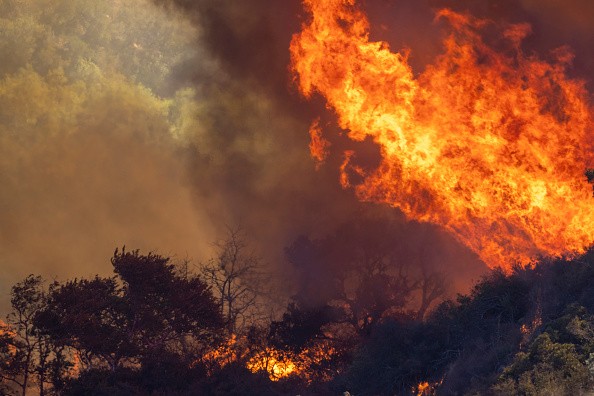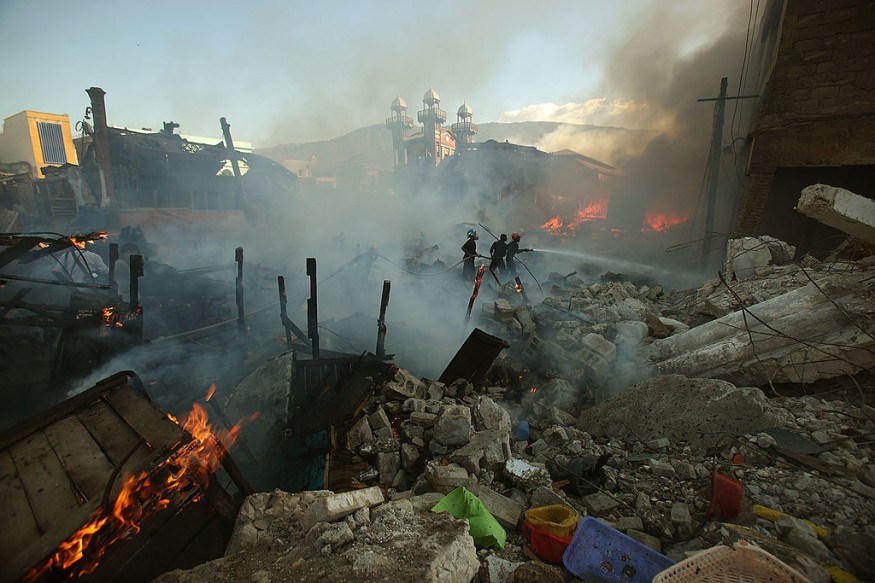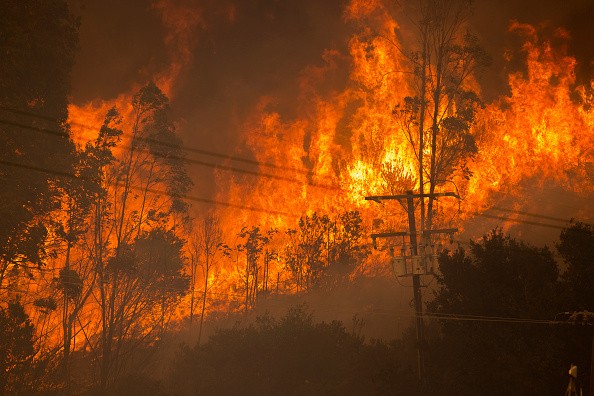Even after a fire has been put out, the destruction isn't necessarily over. Aside from any cleanup and rebuilding that may be required due to the fire, a lack of vegetation following a fire might present other issues.

Wreaking Havoc
Wildfires may wreak havoc on homes, businesses, and the environment, but because fire is put out doesn't mean the threats are gone. A fire's loss of trees and vegetation can expose a region to various hazards, especially as the rainy season approaches.
A wildfire may completely transform a landscape, reducing regions once densely forested to ashes and parched earth. The transformation leaves a visible scar on the land, which is referred to as a burn scar.
Related Article : Why are Western Wildfires Also Damaging the East Coast
Aftermath of the Fire

When rainy weather approaches in many towns burned by fire, particularly in the West, the fear quickly changes to floods. When heavy rain comes to a wildfire formerly scorched area, the absence of trees and vegetation can become a big concern.
"Moisture cannot be absorbed as quickly as before, and there is less vegetation to prevent or reduce runoff," said Alyssa Smithmyer of AccuWeather. Not only is the loss of vegetation an issue, but a wildfire may also alter the soil.
"After a wildfire, the soil is substantially altered, and its repelling tendency is akin to that of concrete," Smithmyer stated. Because of the confluence of these elements, even light to moderate rain and low rainfall totals can cause floods.
According to Smithmyer, any bouts of rain, even less than a half-inch of rain per hour, that fall over burn scar sites can cause mudslides and debris flows.
Burn Scars and Debris
In January 2018, one of the most well-known examples of burn scars that may cause destructive and disastrous mudflows happened in Santa Barbara County, California. A strong winter storm passed across regions burnt by the Thomas Fire, one of the state's biggest fires, just weeks before.
The storm's heavy rains created disastrous mudflows in the Santa Ynez Mountains' burn scar zones. The massive mud and debris floods then surged down the hillsides, killing 23 people and demolishing over 100 houses in Montecito.
Even while it only takes a little rain to trigger flooding, mudslides, and debris flows, the more rain that falls and the heavier that rain is, the worse the flooding event will become.
According to the National Weather Service, debris flows can include mud, rocks, trees, vehicles, and entire homes. The unpredictable nature of debris flows is one of their most harmful characteristics. "A debris flow may occur where others have occurred in the past, or at a location where one has never occurred before," the NWS warns.
"Regions with steep topography might transform into hazard zones during rain events in the burnt areas," Smithmyer said.
The damage to the soil caused by some of the larger and more catastrophic fires is severe enough that it takes a long time for the land to recover to its pre-fire state.
"It can take several years for vegetation to grow back to the level it was before a wildfire," Smithmyer added.
Soil Quality

Flooding caused by a lack of vegetation and the soil's inability to absorb water may inflict just as much damage as a fire that has burnt across a particular area. Roads and other structures can be washed away, and houses and other structures might be damaged or destroyed.
Because mud and debris may travel far downstream, the intensity and severity of flooding and mudslides can bring them outside of burn scar zones.
Residents who reside in locations prone to flash flooding, mudslides, and debris flows should have an evacuation plan in place at all times.
For similar news updates,don't forget to follow Nature World News
© 2025 NatureWorldNews.com All rights reserved. Do not reproduce without permission.





